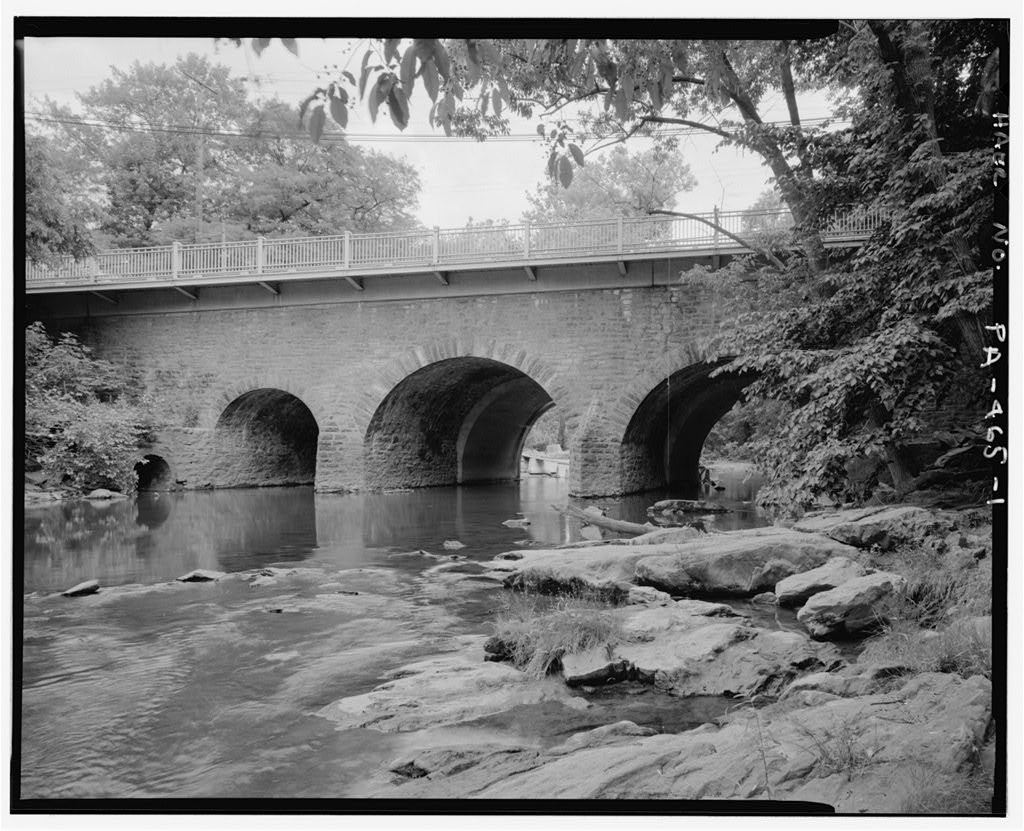The Frankford Avenue Bridge in Northeast Philadelphia is undergoing construction. This bridge, which was built in 1697 and reconstructed in 1803, is part of a $7.2 million bridge improvement project that will also target 6 other major bridges in Montgomery and Delaware Counties.
Construction on The Frankford Avenue Bridge also known as the Pennypack Creek Bridge, began on March 26, 2018. According to Bob Kent, spokesperson for the company behind the bridge improvement project PennDot, $3.2 million will go toward rebuilding and removing old parts of this Philly bridge. That’s nearly half of the overall budget for the project.
The whole project, including the other bridges, is funded with 80% being federal and 20% being state funds. Construction of all seven of the bridges is said to be finished by the end of 2019.
PennDot made the choice to repair parts of the bridge after doing an annual inspection of it, according to Kent. He added that the bridge wasn’t unsafe, but that the repairs are more of a matter of prevention and preservation.
“Stones are being pushed outward,” said Kent, “the bridge is structurally deficient in its current state and has a 20 ton weight limit. ONce the construction is completed, that restriction will be lifted.
The Frankford Avenue Bridge isn’t a very well known historic landmark in the city and is often overlooked because of it. It was first listed on the National Register of HIstoric Places in June of 1988 even though it’s history dates back over three centuries ago.
The state is wanting to preserve most of the parts of the bridge, like the existing pedestrian railing, which they’re planning to salvage and reuse. They’ve been working closely with the national historical society in Philly to plan the repairs accordingly.
“There will be no adverse effect on the historical nature of the bridge,” said Kent.
William Penn was the man who commissioned the bridge back in the late 1600s but wasn’t fully paved until 1803 when it was widened to allow cars to pass. The bridge was originally wanting to create a path from his mansion in the suburbs to Philadelphia. The bridge was a part of numerous historic moments, most famously the delegates crossing over the bridge from New York City to Philadelphia to draft the Declaration of Independence.

